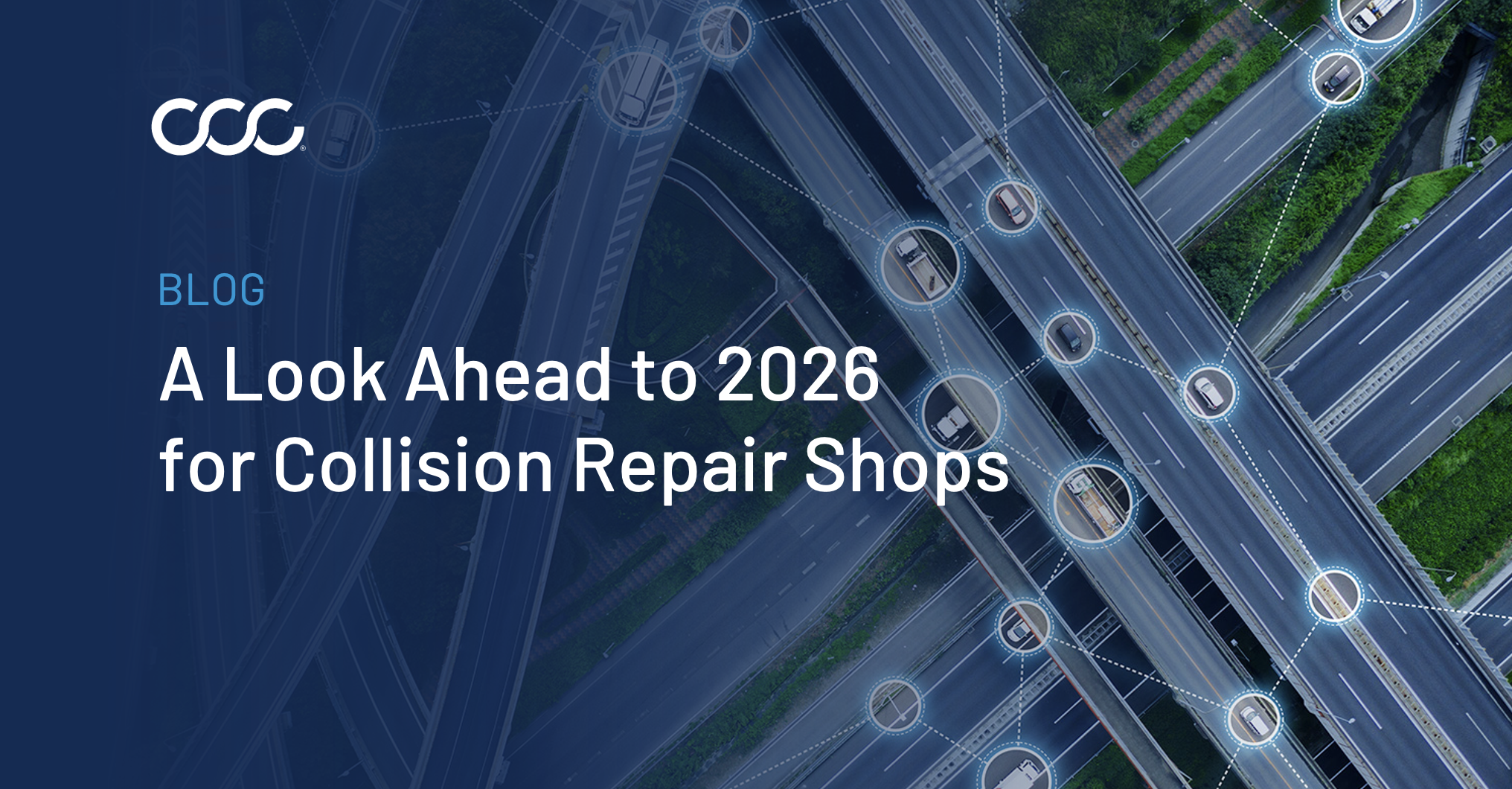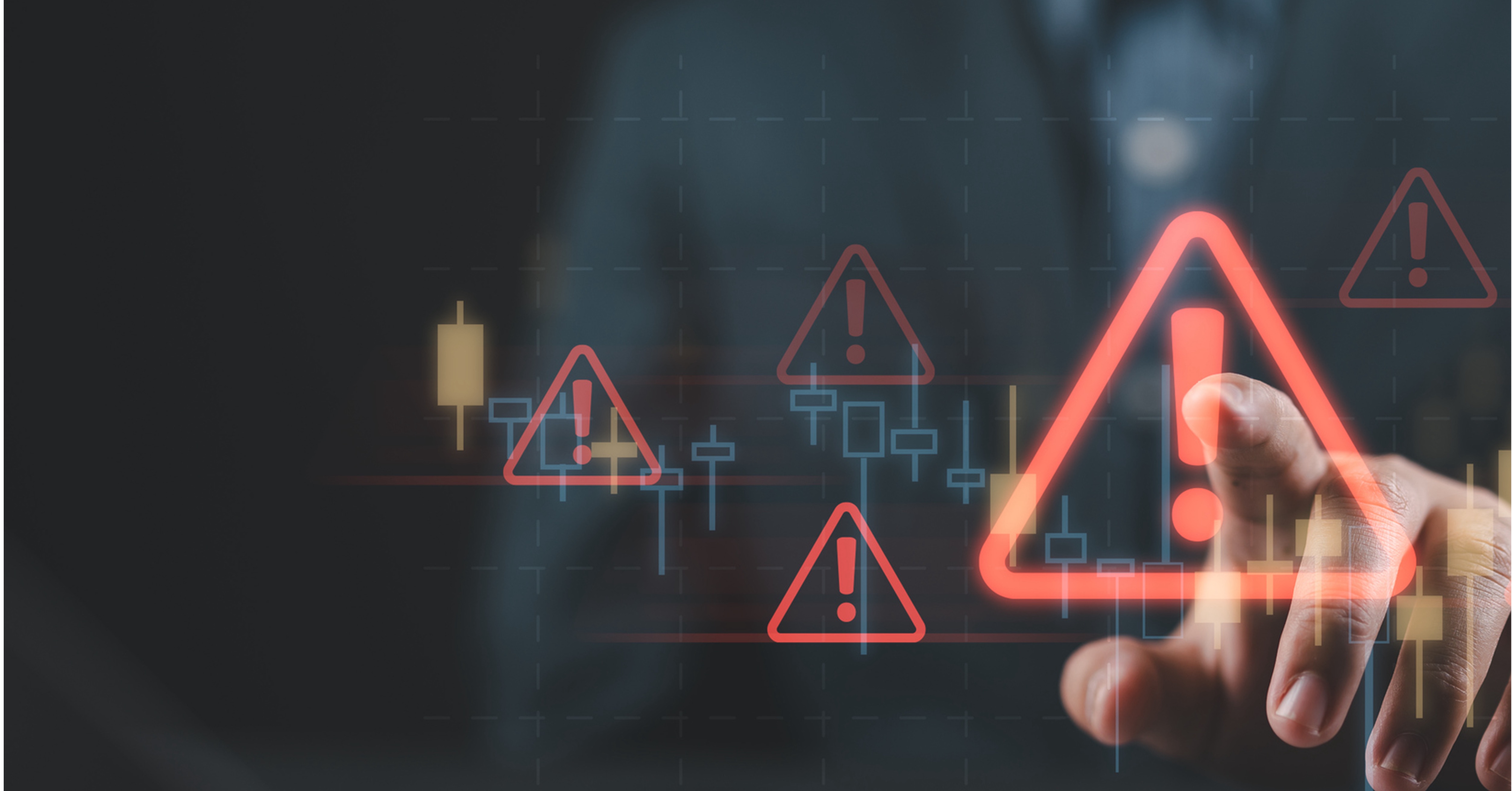
by Dan Risley, Vice President, Quality Repair & Market Development
We’ve written about the importance of diagnostic operations on estimates and corresponding repairs in this space. CCC’s mid-year Crash Course report showed that in Q2 2022, 51.6% of estimates in CCC ONE had a diagnostic operation listed, up from 47.8% in the same period in 2021.But in the 2021 Collision Advice Who Pays for What survey, 85% of respondents indicated that they perform pre-repair scans on “all” or “most” vehicles, and even more said they usually perform a post-repair scan. These have also increased from the prior year’s report. So, although these two figures are different (see “Clarifying the Data” below), they both indicate that scans on estimates are increasing and are likely to continue as vehicles continue to include more advanced driver assistance (ADAS) features. Clarifying the DataI mentioned above that roughly half of estimates in CCC ONE include a line for a scan. Does that chart mean we as an industry are missing scans on nearly half the vehicles that roll through a shop? That’s almost certainly not the case. What is likely driving this is that a significant number of shops are scanning but not documenting the scan on the estimate. Estimate accuracy and documenting all the repairs on the vehicle, especially as they relate to ADAS systems, has never been more important. If a shop decides not to charge for any aspect of the repair, they should, at minimum, be documenting the work performed. Scans by Model Year Looking at scan trends on vehicles of different ages, scans are more common on vehicles one to three years old, which makes sense. Newer vehicles are more complex than their predecessors and more likely to have ADAS features affected by a collision.

This year’s Crash Course also found that roughly 60% of all registered vehicles had at least one ADAS feature. Now that automatic emergency braking (AEB) is standard on all vehicles (as of September 2022), we should expect continued growth in the percentage of vehicles with a scan(s) or calibration(s).Process MattersIf you keep up with my blogging, you know how I feel about the importance of scanning and calibrations – vehicles are more complex, these operations contribute to a proper repair, and they help to reduce cycle time and positively impact CSI.Today I want to re-emphasize the value and importance of documentation and accuracy.
- Documentation. If your internal SOP’s include steps for pre-repair and post-repair scans, document and provide detail of the scan(s) and type of scan(s) performed on the estimate. Add the line to the estimate and attach a copy of the diagnostic scan report in CCC ONE. The scan report can be manually attached or, if you are using one of CCC’s integration partners (Opus IVS, asTech, AirPro or American Honda) and have activated the connection, it happens automatically as the operations are performed.
- Accuracy. Your shop may have different procedures for aftermarket or OEM operations depending on vehicle year or make, DRP guidelines, or OEM certification programs. Cut down on administrative errors and unnecessary supplements by defining these situations and documenting the proper direction for your team. Here at CCC, we recently released a new CCC Diagnostics product to help shops program that logic into CCC ONE to reduce human error and make it easier to put the intended operation(s) and the proper amounts on the estimate.
Shops have many choices when it comes to performing these procedures, and next month, we’ll get into the pros and cons of different options.

by Dan Risley, Vice President, Quality Repair & Market Development
We’ve written about the importance of diagnostic operations on estimates and corresponding repairs in this space. CCC’s mid-year Crash Course report showed that in Q2 2022, 51.6% of estimates in CCC ONE had a diagnostic operation listed, up from 47.8% in the same period in 2021.But in the 2021 Collision Advice Who Pays for What survey, 85% of respondents indicated that they perform pre-repair scans on “all” or “most” vehicles, and even more said they usually perform a post-repair scan. These have also increased from the prior year’s report. So, although these two figures are different (see “Clarifying the Data” below), they both indicate that scans on estimates are increasing and are likely to continue as vehicles continue to include more advanced driver assistance (ADAS) features. Clarifying the DataI mentioned above that roughly half of estimates in CCC ONE include a line for a scan. Does that chart mean we as an industry are missing scans on nearly half the vehicles that roll through a shop? That’s almost certainly not the case. What is likely driving this is that a significant number of shops are scanning but not documenting the scan on the estimate. Estimate accuracy and documenting all the repairs on the vehicle, especially as they relate to ADAS systems, has never been more important. If a shop decides not to charge for any aspect of the repair, they should, at minimum, be documenting the work performed. Scans by Model Year Looking at scan trends on vehicles of different ages, scans are more common on vehicles one to three years old, which makes sense. Newer vehicles are more complex than their predecessors and more likely to have ADAS features affected by a collision.

This year’s Crash Course also found that roughly 60% of all registered vehicles had at least one ADAS feature. Now that automatic emergency braking (AEB) is standard on all vehicles (as of September 2022), we should expect continued growth in the percentage of vehicles with a scan(s) or calibration(s).Process MattersIf you keep up with my blogging, you know how I feel about the importance of scanning and calibrations – vehicles are more complex, these operations contribute to a proper repair, and they help to reduce cycle time and positively impact CSI.Today I want to re-emphasize the value and importance of documentation and accuracy.
- Documentation. If your internal SOP’s include steps for pre-repair and post-repair scans, document and provide detail of the scan(s) and type of scan(s) performed on the estimate. Add the line to the estimate and attach a copy of the diagnostic scan report in CCC ONE. The scan report can be manually attached or, if you are using one of CCC’s integration partners (Opus IVS, asTech, AirPro or American Honda) and have activated the connection, it happens automatically as the operations are performed.
- Accuracy. Your shop may have different procedures for aftermarket or OEM operations depending on vehicle year or make, DRP guidelines, or OEM certification programs. Cut down on administrative errors and unnecessary supplements by defining these situations and documenting the proper direction for your team. Here at CCC, we recently released a new CCC Diagnostics product to help shops program that logic into CCC ONE to reduce human error and make it easier to put the intended operation(s) and the proper amounts on the estimate.
Shops have many choices when it comes to performing these procedures, and next month, we’ll get into the pros and cons of different options.







